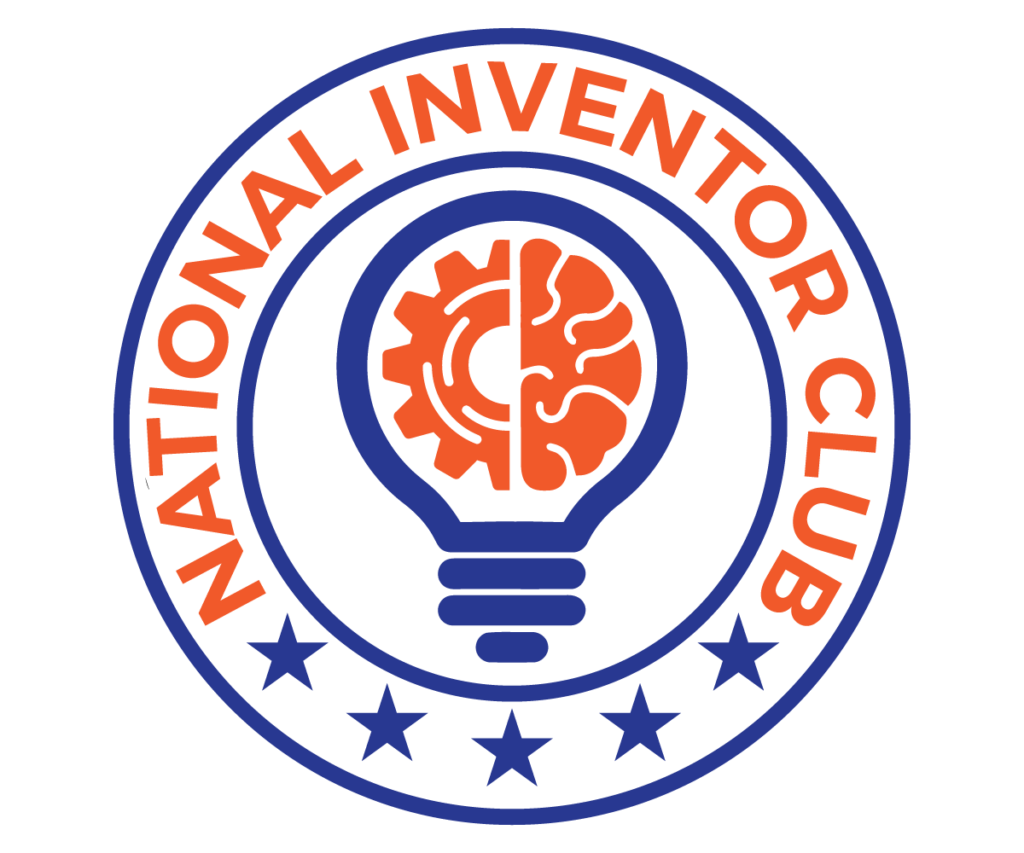What To Do When You Have Little to No Money For Your Invention
When you’re an inventor, you know just how exciting it is to come up with a new product idea.
You’ve finally found a solution to a problem everyone deals with. Better yet, you know that once word gets out about your invention, people will be clamoring to the stores to buy it…or at least, that’s what you hope for.
But in order to get to that point, you realize it’s going to take some time and dedication on your part. On top of that, you expect the invention process will require you to put in some hard-earned cash, which could be easier said than done.
Getting Started With Your Invention On A Shoestring Budget: Research Your Idea
First, you must establish that the idea you’ve come up with is truly your own. Take advantage of search engines like Google to do this, and run multiple searches to ensure your idea is, in fact, original. Make sure you run multiple searches for different keyword variations, and use both the web and image search features. You should be searching as if you wanted to find a product identical to your invention idea. It’s a good idea to keep a log of what you find, referencing the images or URLs of the products similar to your idea.
Professional Patent Search
Once you’ve done thorough research on Google and you’re confident that your product hasn’t been created yet, the next logical step is to perform a patent search.
Since a professional patent search with a patentability opinion can cost anywhere from $800 to $1,500, it is crucial that you research your product as much as you can before conducting a patent search; the goal is to make sure you aren’t wasting money on a professional patent search that only proves your product cannot be protected. Once you have completed your initial research without finding your product, then you can use Inventor Smart’s patent search team to conduct a professional patent search with a patentability opinion, for just $500.
By working with invention expert Brian Fried of Inventor Smart, you can locate companies that perform patent searches. These types of companies will take care of the heavy lifting, and provide you with any relevant information they find on your idea.
Alternatively, you can reach out to a patent attorney or a patent agent; they can perform a patent search and provide you with a professional opinion about whether or not your idea could be protected.
Alternative Patent Search Options
While a professional patent search is certainly worth considering, it isn’t the only option for inventors on a tight budget. You may, instead, choose to conduct your own search using Google Patents or the U.S. Patent & Trademark Office.
Once you’ve found information on existing products that are similar to yours, you can take these findings and present them to a patent attorney or a patent agent to determine whether or not your idea could be protected.
Whether you pay for a professional patent search or you decide to go it alone, I cannot urge you strongly enough to get a professional opinion about whether or not you can protect your idea.
Keep in mind, if a patent search and evaluation are not done properly before you attempt to license your product, there could be negative consequences in the future, as you may find out that your invention is infringing on someone else’s intellectual property.
Protect Your Invention With A Provisional Application
If your research indicates that your invention can be protected, you may wish to file for a provisional patent application. In doing so, you can protect your intellectual property for one year after the filing date, during which time you can fine-tune your product and save up for your utility patent. Once you’ve filed your provisional patent application, this will allow you to say your invention is patent pending.
Your utility patent itself can cost anywhere from $2,000 and up, depending on the complexity of your invention. Remember, this does not include the patent office filing fee, nor does it include the lawyer’s fee to review and respond to the patent office’s “office actions.” For more information, you can refer to the US Patent and Trademark Office (USPTO) fee schedule online.
Filing for a provisional application could be a great option for inventors who want to discuss their product with others, but lack sufficient funds to file for a utility patent.
Creating Your Prototype
Creating a mock-up, or prototype, of your invention is another critical step for making your idea a reality. Prototype creation can cost as little as $50 and up for a basic concept, depending on the features and materials your prototype will require.
There are many options for making a prototype these days, including CAD (computer-aided drawing) models and 3D printing, but the goal is to produce a prototype that looks, feels, and functions like the finished product you’re envisioning.
You’ll want to make sure your prototype serves as a high-quality model, as this is what you’ll be presenting to potential licensees, investors, and partners.
Licensing Your Invention
9 times out of 10, inventors on a limited budget will find that licensing their product is the best way to bring it to market. When you license your invention, this means you are working with another company, also known as a licensee, who is renting out the rights to your intellectual property. Most of the time, the licensee you work with will cover the cost of manufacturing and distribution, ultimately limiting the amount of money you’ll need to spend on your idea.
When you work with a licensee, your total investment may not go beyond the costs of your patent search, patent filing, design preparation, and prototype creation/ presentation. Not only can working with a licensee allow you to minimize your costs, but you will be able to sit back and collect royalty checks without having to do much additional work.







